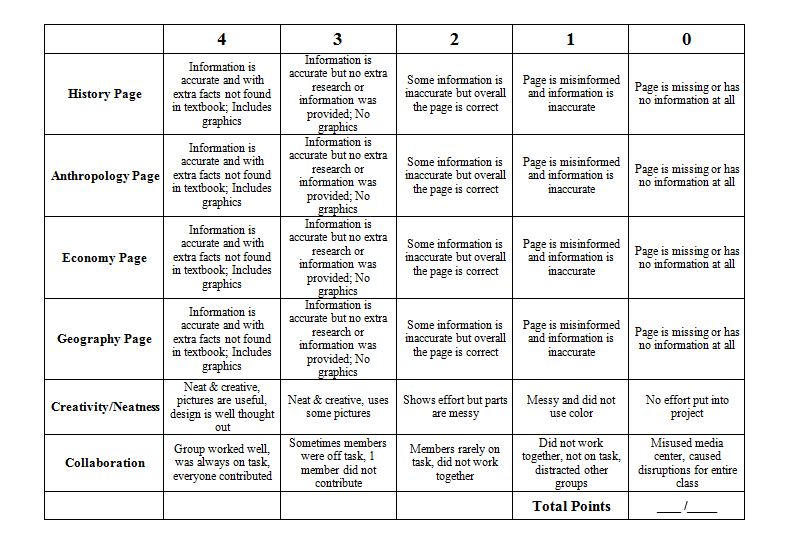Essay Rubric Examples: Grading Made Easy

Assessing student essays can be a daunting task, especially when trying to evaluate the nuances of writing quality, content depth, and overall effectiveness. A well-structured essay rubric is essential for fair, consistent, and meaningful assessment. This guide will delve into the world of essay rubrics, exploring what they are, why they’re crucial, and how to create or select the best rubric for your grading needs.
Introduction to Essay Rubrics
An essay rubric is a scoring tool used to assess and evaluate the quality of an essay. It outlines specific criteria and standards for judgment, ensuring that grading is fair and consistent. Rubrics can be analytic, where different components of the essay are evaluated separately, or holistic, where the essay is judged as a whole. Each type has its place, depending on what aspects of the essay are being emphasized.
Importance of Essay Rubrics
Essay rubrics serve several key purposes: - Consistency: They ensure that all essays are graded based on the same criteria, reducing bias and promoting fairness. - Clarity: Rubrics clearly communicate expectations to students, helping them understand what is required for a high-quality essay. - Feedback: By using a rubric, instructors can provide detailed, actionable feedback that guides students in improving their writing. - Efficiency: Grading with a rubric saves time, as it streamlines the evaluation process by focusing on predefined criteria.
Creating an Effective Essay Rubric
Creating an effective essay rubric involves several steps: 1. Define the Learning Objectives: Identify what you want students to achieve with their essays. This could include demonstrating understanding of a topic, applying critical thinking, or showcasing writing skills. 2. Determine the Criteria: Based on your objectives, decide what aspects of the essay will be graded. Common criteria include content knowledge, organization, writing style, and mechanics (grammar, punctuation, spelling). 3. Establish the Standards: For each criterion, define what excellence looks like. This could range from novice to advanced levels, with descriptions of what distinguishes each level. 4. Consider the Weightage: Decide how much each criterion will contribute to the overall grade. Not all aspects may be equally important, depending on the assignment’s goals. 5. Test and Refine: Pilot your rubric with a small set of essays and refine it based on any ambiguities or inconsistencies that arise during the grading process.
Types of Essay Rubrics
Analytic Rubric
An analytic rubric breaks down the essay into components (like introduction, body, conclusion, and mechanics) and evaluates each part separately. This type is particularly useful for identifying specific strengths and weaknesses in a student’s writing.
Holistic Rubric
A holistic rubric considers the essay as a whole, evaluating its overall quality without separating it into components. It’s useful for getting a general sense of an essay’s effectiveness but may not provide as detailed feedback as an analytic rubric.
Using Rubrics in the Classroom
Incorporating essay rubrics into your teaching practice can significantly enhance the learning and grading experience: - Share the Rubric: Provide students with the rubric at the outset, so they know what to aim for. - Use it for Feedback: Not only for grading, but also as a tool for giving constructive feedback that students can act upon. - Adapt as Necessary: Be open to adjusting the rubric based on student performance and feedback. It’s a dynamic tool that can evolve with your teaching.
Examples of Essay Rubrics
Here are simplified examples of what analytic and holistic rubrics might look like:
Analytic Rubric Example
| Criterion | Excellent (4) | Good (3) | Fair (2) | Needs Improvement (1) |
|---|---|---|---|---|
| Content Knowledge | Demonstrates thorough understanding of topic. | Shows good understanding with some depth. | Displays limited understanding. | Fails to demonstrate understanding. |
| Organization | Logic is clear, and transitions are smooth. | Generally logical, with some transitions needing work. | Lacking in logic, with noticeable transition issues. | Disorganized, with significant logic and transition problems. |
| Writing Style | Engaging, varied sentence structure, and precise vocabulary. | Solid writing with good sentence structure and vocabulary. | Adequate but lacks engagement and variety. | Poor writing quality with simplistic structure and vocabulary. |
| Mechanics | Error-free or nearly so, with excellent formatting. | Few errors, with good formatting. | Noticeable errors, affecting readability. | Numerous errors, significantly impacting readability. |

Holistic Rubric Example
| Level | Description |
|---|---|
| Excellent (4) | Essay demonstrates a sophisticated understanding of the topic, is well-organized, and written in an engaging style with few to no mechanical errors. |
| Good (3) | Essay shows a good understanding of the topic, is generally well-organized, and written clearly, though it may have some mechanical errors. |
| Fair (2) | Essay displays a limited understanding of the topic, may lack organization, and contains noticeable mechanical errors. |
| Needs Improvement (1) | Essay fails to demonstrate an understanding of the topic, is disorganized, and has significant mechanical errors, impacting readability and comprehension. |
Conclusion
Essay rubrics are a powerful tool for both instructors and students. By providing a clear, structured approach to grading, they enhance the learning experience, promote fairness, and offer a pathway for improvement. Whether you’re teaching a small seminar or a large lecture course, incorporating a well-crafted essay rubric can elevate your teaching practice and help your students achieve their academic goals.
Frequently Asked Questions
What is the primary purpose of an essay rubric?
+The primary purpose of an essay rubric is to provide a clear and consistent method for evaluating and grading essays, ensuring fairness and transparency in the assessment process.
How do I create an effective essay rubric?
+Creating an effective essay rubric involves defining learning objectives, determining evaluation criteria, establishing standards for each criterion, considering the weightage of each criterion, and testing the rubric for clarity and consistency.
What are the benefits of using essay rubrics in the classroom?
+The benefits include promoting fairness and consistency in grading, providing clear expectations for students, facilitating detailed and constructive feedback, and enhancing the overall learning and teaching experience.



